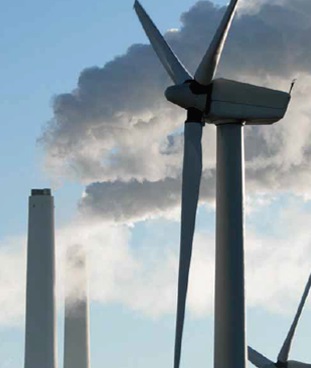Over-powered nation blamed on all sources
 South-eastern Australia won’t need any more generators for at least 10 years, according to new analysis.
South-eastern Australia won’t need any more generators for at least 10 years, according to new analysis.
The report says Australia is facing an unprecedented oversupply of energy, and will not need to increase its electricity generation for around a decade.
The new documents put out by the Australian Energy Market Operator (AEMO) raise big questions about the ongoing need for coal-fired power stations, and some say it is an argument in favour of reducing the Renewable Energy Target (RET).
A spokesperson for AEMO said the numbers show no additional generation was needed to maintain current levels of reliability, assuming demand does not rapidly increase.
“Under all three scenarios that we model... what we're saying is that there's an oversupply of generation capacity at present. It doesn't affect the reliability,” AEMO’s Joe Adamo told the ABC.
Next year Australia will produce close to 8,900 megawatts more power than it needs, or the equivalent of four large coal-fired power stations.
Electricity use continues to fall due to the popularity of rooftop solar systems, greater energy-efficiency in the household and a downturn in some power-hungry manufacturing industries.
It has created a buyer’s market for consumers, and many coal-fired power stations will continue to trade unprofitably as a result.
But despite the oversupply, Australians continue to pay more for their electricity with every bill.
“The prices have been rising because of the other parts of the cost of electricity, which is the cost of getting it from the boundary of the power station through the meters of all the individual consumers,” Mr Sadler said.
“And that's considerably more than half of the total cost of the total electricity that's supplied to households or small businesses.
“That's the part that's been rising very rapidly over the last three or four years.”
Some power companies say the oversupply shows that the RET has worked, and should now be removed and wind and solar power start to hurt the bottom lines of big fossil-fuel firms.
But supporters of alternative energy systems say the RET mechanisms are designed to leverage investment into renewable energy and into low-carbon technologies, rather than simply provide electricity to match demand.







 Print
Print